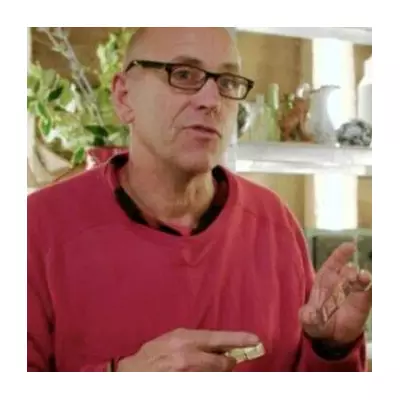
One hundred years ago, the world marvelled at one of archaeology's greatest triumphs: the discovery of Pharaoh Tutankhamun's tomb. Yet, for a century, a shameful secret has lingered in the shadows of this historic achievement. The body of the 'Boy King' was subjected to a brutal dismemberment by the very team that unearthed him, a fact deliberately omitted from official records.
The Gruesome Autopsy
In November 1925, British archaeologist Howard Carter and his team, including Egyptian excavators, faced an unexpected problem. They discovered that Tutankhamun's mummy was irrevocably stuck to the inside of his solid gold coffin. Over 3,300 years, the thick black oils and resins poured over the pharaoh by ancient priests had hardened into a substance as strong as rock.
For days, the team attempted to free the body. They placed the golden sarcophagus in the blistering Egyptian sun, where temperatures soared to nearly 150 degrees Fahrenheit. They used lamps in a desperate attempt to melt the tar-like substance. When all these methods failed, Carter, along with anatomists Douglas Derry and Saleh Bey Hamdi, resorted to drastic measures.
They took ordinary knives and heated them in a flame until they were red-hot. Using these searing blades, along with chisels and hammers, they began to literally chip the mummy out of the coffin. The process was destructive and gruesome. They first removed Tut's iconic golden mask, then cut off his head. The team proceeded to saw the torso in half and broke the arms and legs off at every joint. In the end, the young pharaoh's body was dissected into more than a dozen separate pieces.
A Century-Old Cover-Up
This shocking dismemberment was so severe that Howard Carter left all details of it out of all three volumes of his book series documenting the excavation. Researchers, such as Eleanor Dobson from the University of Birmingham, now assert that this was an intentional cover-up to avoid public outrage.
The truth began to emerge decades later. In the 1960s and 1970s, researchers discovered that Tutankhamun's body had been hastily reassembled. Scientists found that after the autopsy, Carter and the anatomists had coated each body part with hot paraffin wax to prevent deterioration. They then glued the entire body back together with resin to give the appearance of an undisturbed mummy for public display.
While Carter's official logs remained silent, shocking photographs of the dismemberment were taken and preserved by the University of Oxford's Griffith Institute, allowing the public to now see the extent of the damage for themselves.
A Lasting Ethical Reckoning
A century on, the legacy of the excavation is being re-evaluated. "It is worth reconsidering the legacy of Carter's excavation, not just as a landmark in Egyptology, but as a moment of ethical reckoning," Dobson stated in The Conversation. "The mutilation of Tutankhamun's body, obscured in official narratives, invites us to challenge narratives of archaeological triumph."
Yet, a debate persists. Some defend Carter's actions, arguing that given the limited archaeological resources of the 1920s, he had no other choice. In 2022, Egyptologist Aidan Dodson said, "I would have done everything Carter did that day—he was way ahead of his time as a field archaeologist." The team's primary goal was to recover both the mummy and the priceless gold coffin and jewellery fused to it, a mission they ultimately accomplished, albeit at a great cost to the physical integrity of the historical figure.





